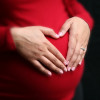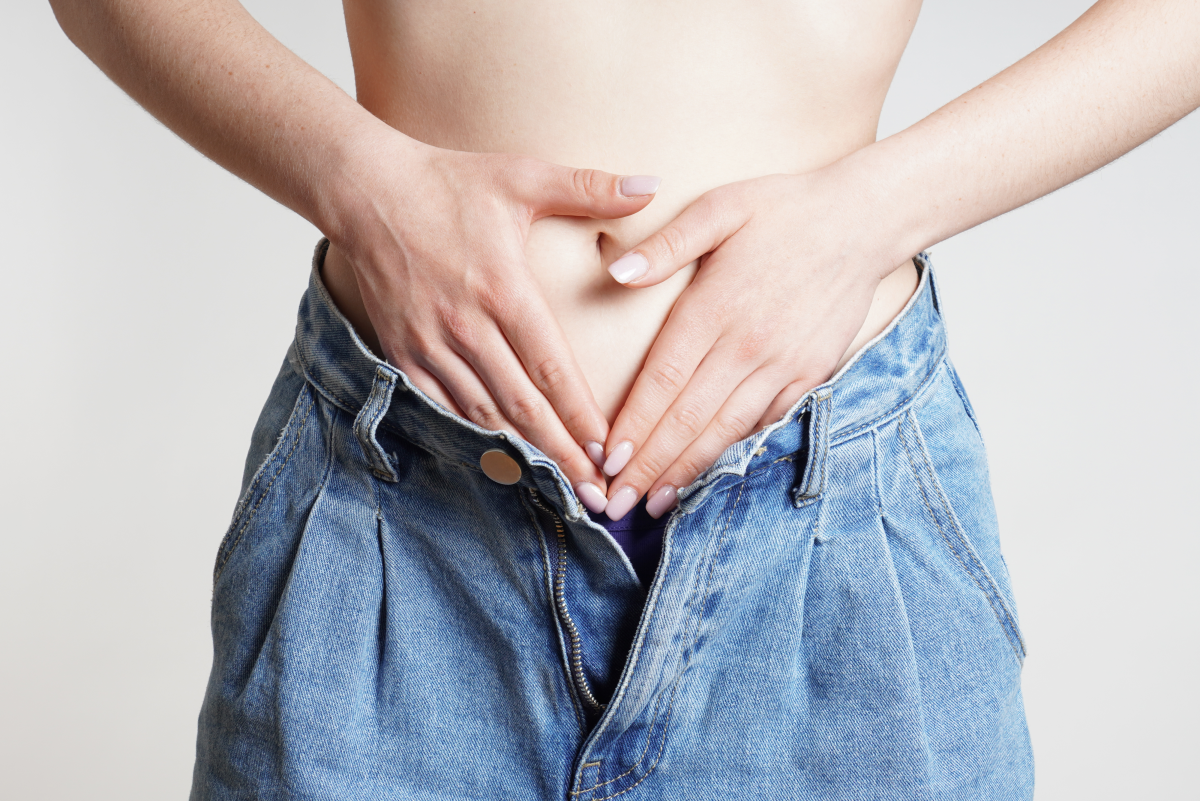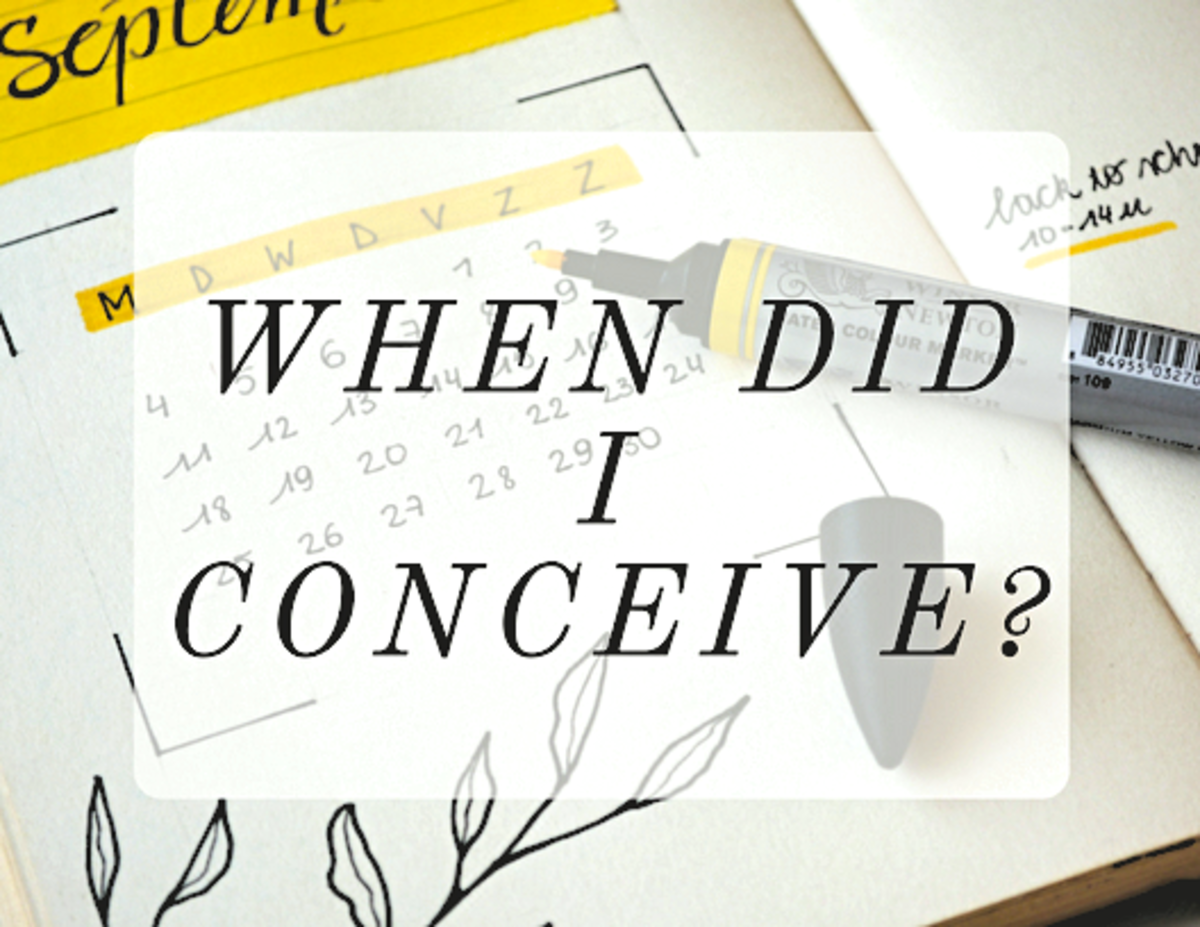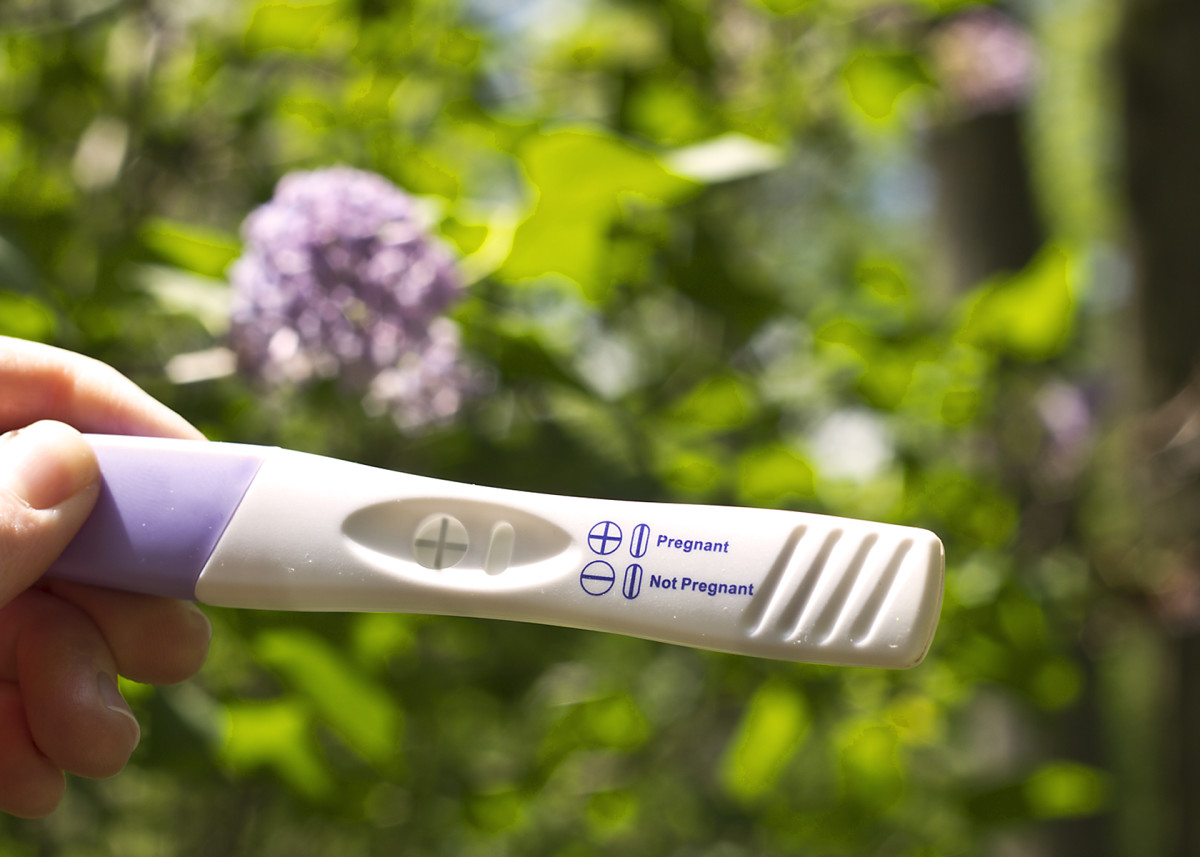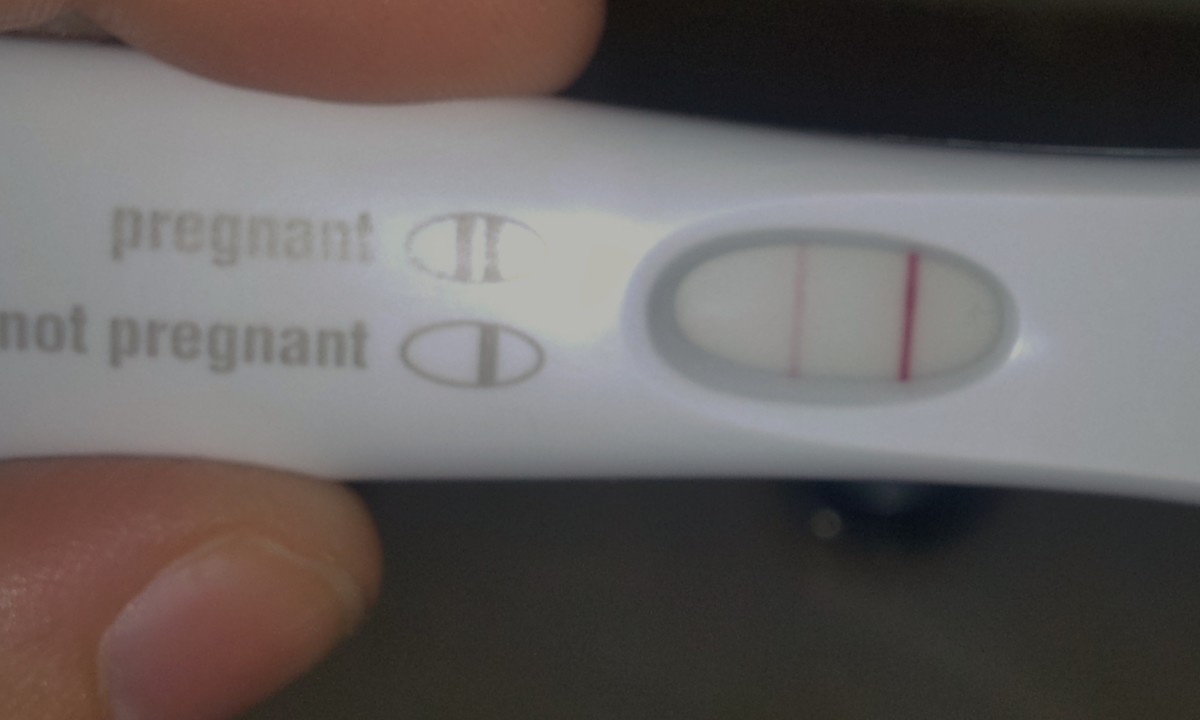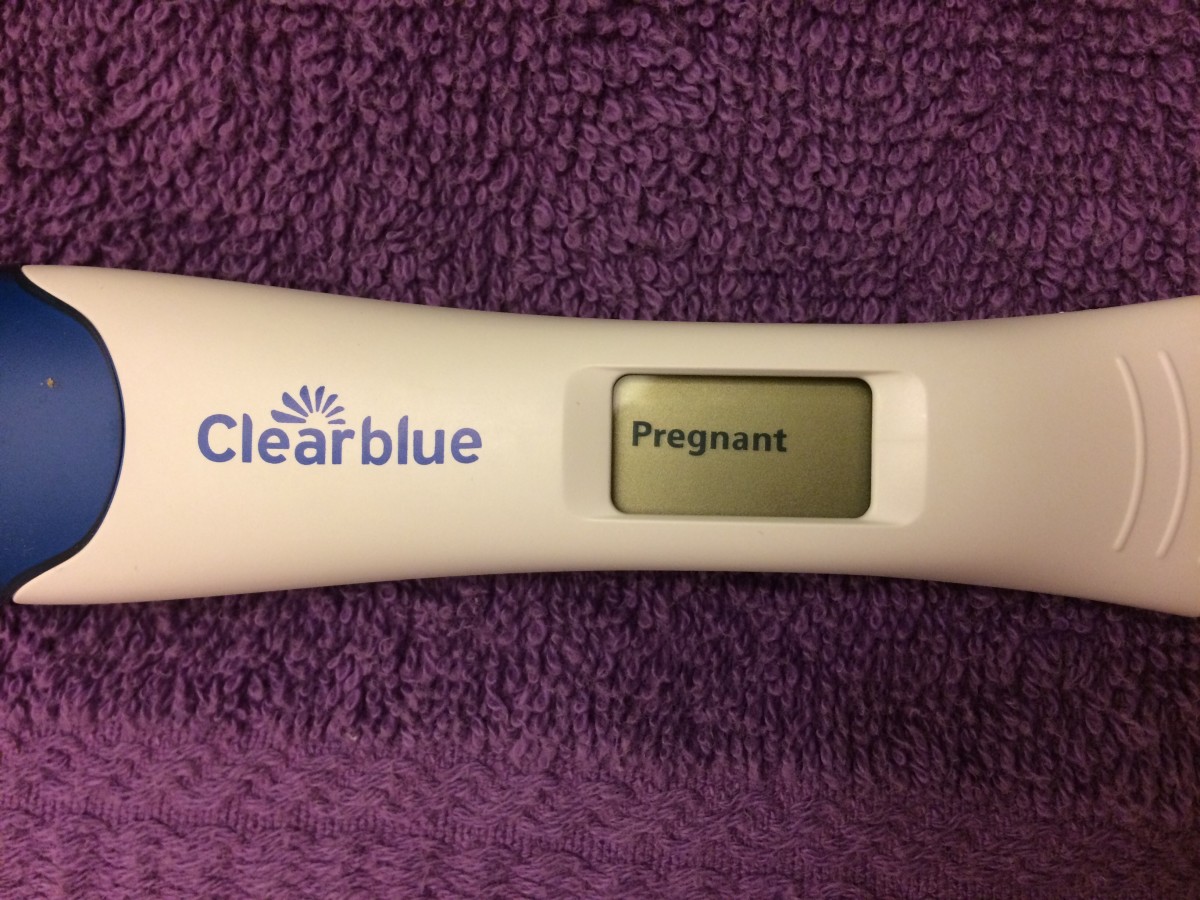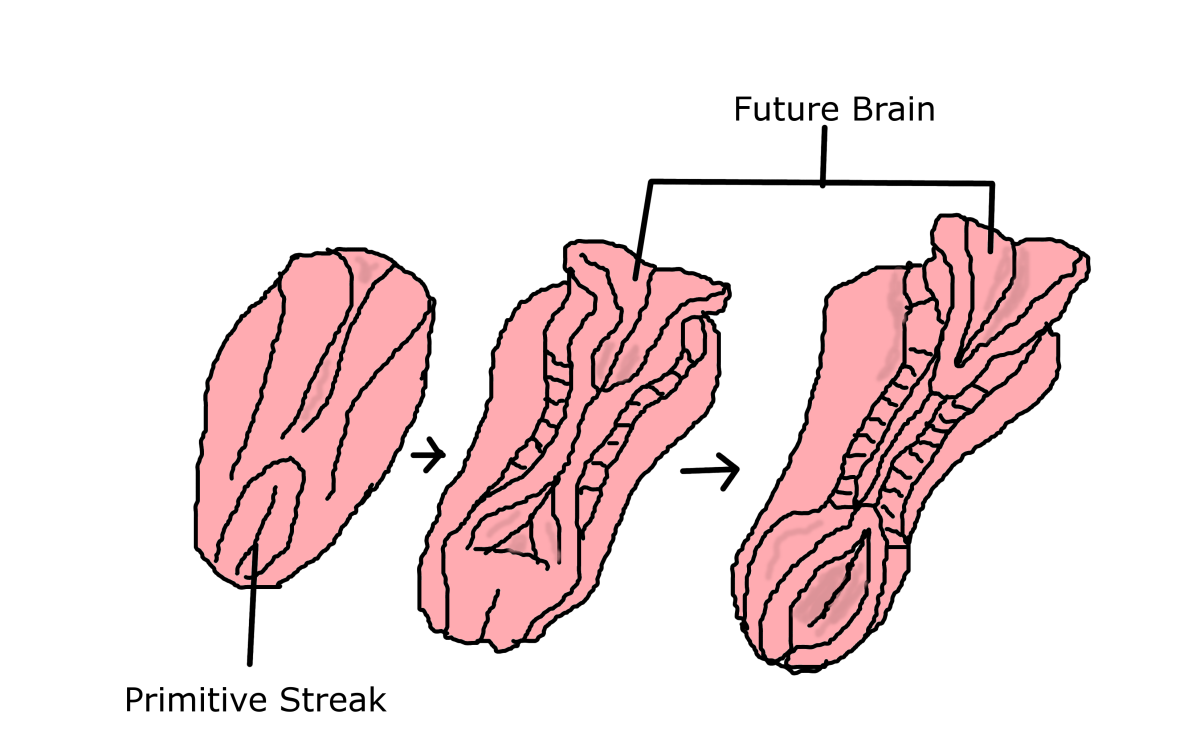Trying to Conceive? Learn to Track Your Ovulations

When's My Period Due?
One of the questions that I get asked the most often on my articles is "when is my period due?" or "when can I take a pregnancy test?" The purpose of this article is to begin answering some of those questions and to help women who are trying to conceive or who are avoiding pregnancy to understand how their cycles work.
If you're having trouble determining whether your period is late, when you ovulated, or whether or not the symptoms you're experiencing could be pregnancy, please read this article thoroughly. My intention is to take you through the entire cycle from menstruation to menstruation. This article will also tell you at what point in your cycle you can expect to get accurate results from a home pregnancy test.
Note that I am not a medical professional. If you have questions about your menstrual cycles, you should contact your doctor or midwife!
Did you learn about all phases of the menstrual cycle in high school?
What You Didn't Learn in School
Most of us have had high school Health Education, including Sex Education. Whether you oppose or support this form of health education in high schools, you probably realize that high school teachers aren't distributing information about how the female cycle works. We're taught about our periods, how they work, how long they last, and the reasons that we have them, but we're not often given sufficient information about the rest of our cycles.
This article will take you through all phases of your menstrual cycle:
- Menstrual Period
- Follicular Phase
- Ovulation
- Luteal Phase
For those women reading who are attempting to become pregnant, this will help you to determine which times of the month are the best for doing the baby dance in order to ensure the best odds of becoming pregnant. Try reading through this entire article thoroughly for the answers to your questions before asking in the comments or on Tumblr.
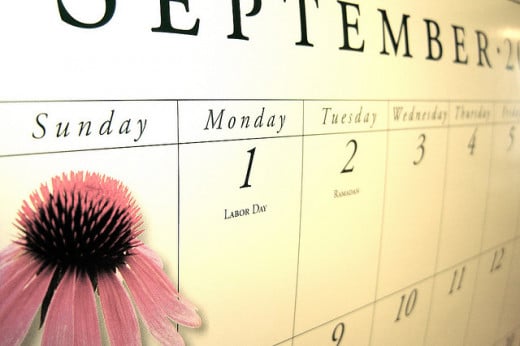
When Does a Cycle Start?
The human menstrual cycle begins with the menstrual period. When your period begins, mark that date on your calendar, because this is the first day of your entire cycle. Everything you track from this point on will be based on the first day (NOT the last day!) of your menstrual period. I also advise marking on your calendar the number of days that your period lasts. This will help you to keep yourself aware of any abnormalities in your cycles and contact your doctor if there are changes. While it's difficult to say what is "normal" in a period, the average length of a period is between 3 and 7 days.

Important!
Your luteal phase is always the same length from one cycle to the next. Any irregularities in your cycle are caused during the follicular phase, which may be longer or shorter from month to month in the case of women with irregular periods.
Four Phases of Menstrual Cycle
The illustration of the moon phases above is interesting for two reasons: First of all, a normal cycle was once considered to be 28 days (the moon cycle) and many women are believed to have their period during the moon phase under which they were born. Of course, if you have an especially long or short cycle, you know that these are old wives tales, but interesting nonetheless.
Your menstrual cycle comes in four distinct phases, and understanding them will help you to keep track of when you ovulate and when your periods are due. There's more to tracking ovulation than simply knowing the phases, but this is a helpful start.
- The Menstrual Phase - During the menstrual phase of your cycle, the uterine lining (which has spent the previous part of your cycle thickening to nourish an embryo) will shed. This is what we call our 'period' and is also referred to among women more politely as "Aunt Flo" or "AF." You are probably familiar with this phase of your cycle.
- The Follicular Phase - The follicular phase of your cycle is the period during which the ovarian follicles prepare to release a mature egg into the fallopian tube. An egg must be released into the fallopian tube in order to become pregnant. This release occurs during the third phase of your cycle.
- Ovulation - Ovulation is an event and not a phase. You won't ovulate from date to date. This occurs when the ovarian follicle releases a mature egg into the fallopian tube. The egg must then travel down the fallopian tube to implant on the uterine wall. It will only implant if it has been fertilized in the fallopian tube.
- The Luteal Phase - During the luteal phase of your cycle, the wall of the uterus thickens and prepares to nourish an embryo. If no embryo has implanted, the uterine lining will be shed during the menstrual phase. If an embryo has implanted, the menstrual phase will be halted in lieu of pregnancy.
Can I Get Pregnant During...?
Menstrual Phase
| Follicular Phase
| Ovulation
| Luteal Phase
|
|---|---|---|---|
Shed the Uterine Lining
| Follicle Prepares to Release Egg
| Ovary Releases Egg into Fallopian Tube
| Uterine Lining Prepares to Nourish Embryo
|
Very Low Chance of Conception
| High Chance of Conception
| Low Chance of Conception
| Low Chance of Conception
|
If you're trying to conceive, the best time to baby dance is late in the follicular phase of your cycle.
The Best Time to Baby Dance
If you want to get pregnant, the best time to baby dance is 3 days before you ovulate. Your ability to become pregnant is largely dependent on the life cycle of the sperm cell (and not of the egg cell). A sperm cell can live for up to 72 hours in the right environment, while your egg has only twenty-four hours to be fertilized. It's important, if you're trying to conceive, to baby dance at the right time.
How do you know you're getting close to ovulation? Ideally, you use a basal body thermometer and body signs to determine when you're fertile. I've recommended a good Basal Body Thermometer to the right. If you are serious about trying to conceive, you need to get one of these as soon as possible!
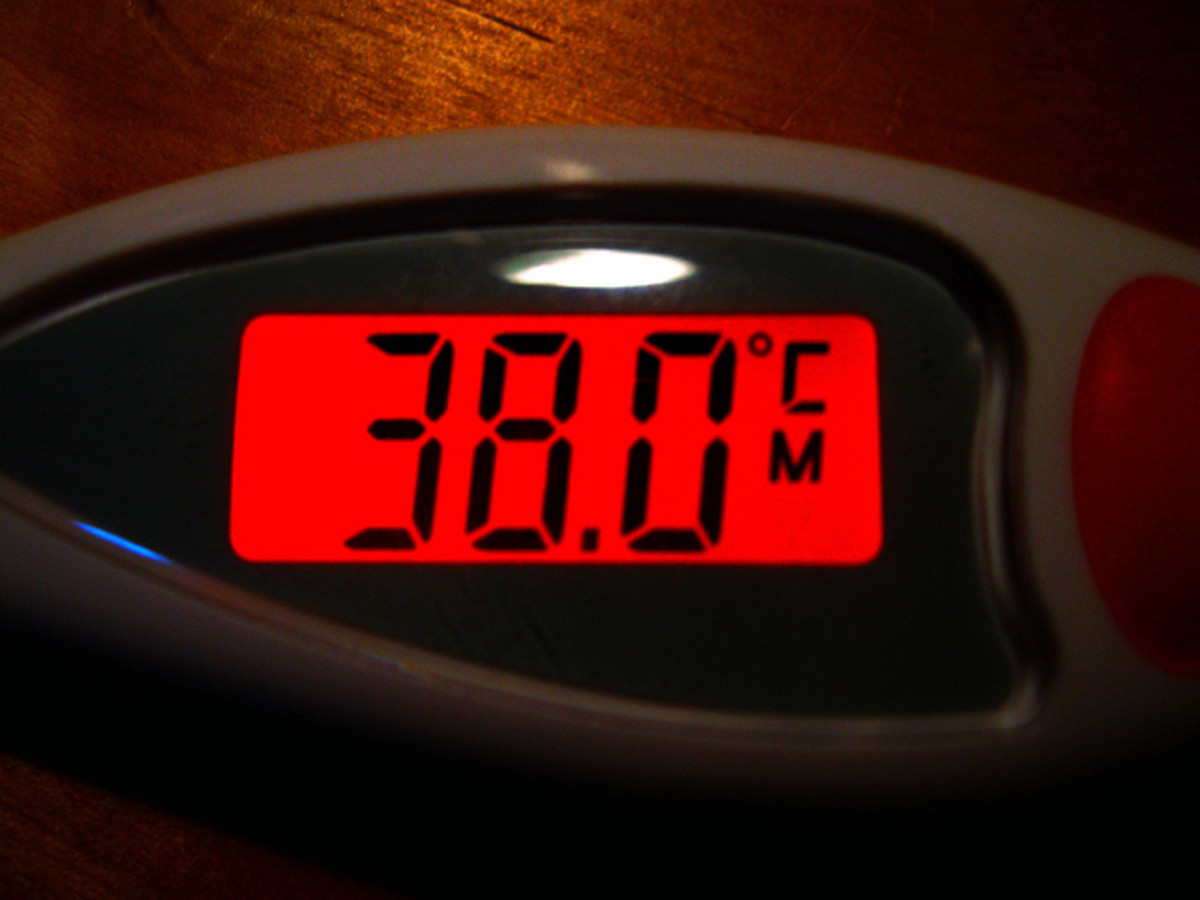
What is Basal Body Temperature (BBT)?
For those women who are trying to conceive, a combination of a basal body thermometer (which you can purchase above) and Fertility Friend could be a lifesaver. But what is BBT?
Basal Body Temperature (BBT) is the temperature of your body at rest. When you take your BBT, it should be taken first thing in the morning, before you've gotten out of bed. Take your temperature at the same time every day for the best results in fertility charting. Wake up at five a.m. (for example) and take your temperature before getting out of bed, speaking, or doing anything else. Note the temperature to chart later.
During Ovulation, BBT rises. This rise in temperature is generally quite slight, which is why you need a very precise thermometer to detect it. Once this rise occurs, you probably won't become pregnant, as you are now moving into the luteal phase of your cycle.
The Luteal Phase
During the luteal phase of your menstrual cycle, the uterine lining thickens in preparation for the implantation of a fertilized egg. This lining will aid in the nourishment of the embryo during the initial phases of pregnancy.
If an egg has been fertilized in the fallopian tube, it should implant on the uterine wall during this phase of your cycle. Abnormalities exist (such as ectopic pregnancy, where the egg implants on the wall of the fallopian tube), but a normal, healthy pregnancy results from the egg implanting on the uterine wall during this phase of your cycle.
Implantation occurs at the end of the luteal phase, about ten d.p.o. (days past ovulation). Implantation may result in mild bleeding ahead of your estimated date of your next period or slight cramping. You aren't pregnant until after implantation occurs. If you experience implantation, your temperature should drop, so make sure you're taking your basal body temperature every day if you're trying to conceive! Your temperature should then steadily rise back up to about one degree higher than your normal temperature, if you're pregnant.
When's Your Period Due?
The luteal phase will always be the same length. If you're temping and charting, this should make determining the date your period is due easy!
Here's how it works:
In the first month that you're charting, determine the date of your ovulation. Then count from this day until the date of the first day of your next cycle (the first day of your menstrual cycle). This then becomes the length of your luteal phase.
The next month, once you know the date that you ovulate, you can count the same number of days to determine which date your period is going to be due.
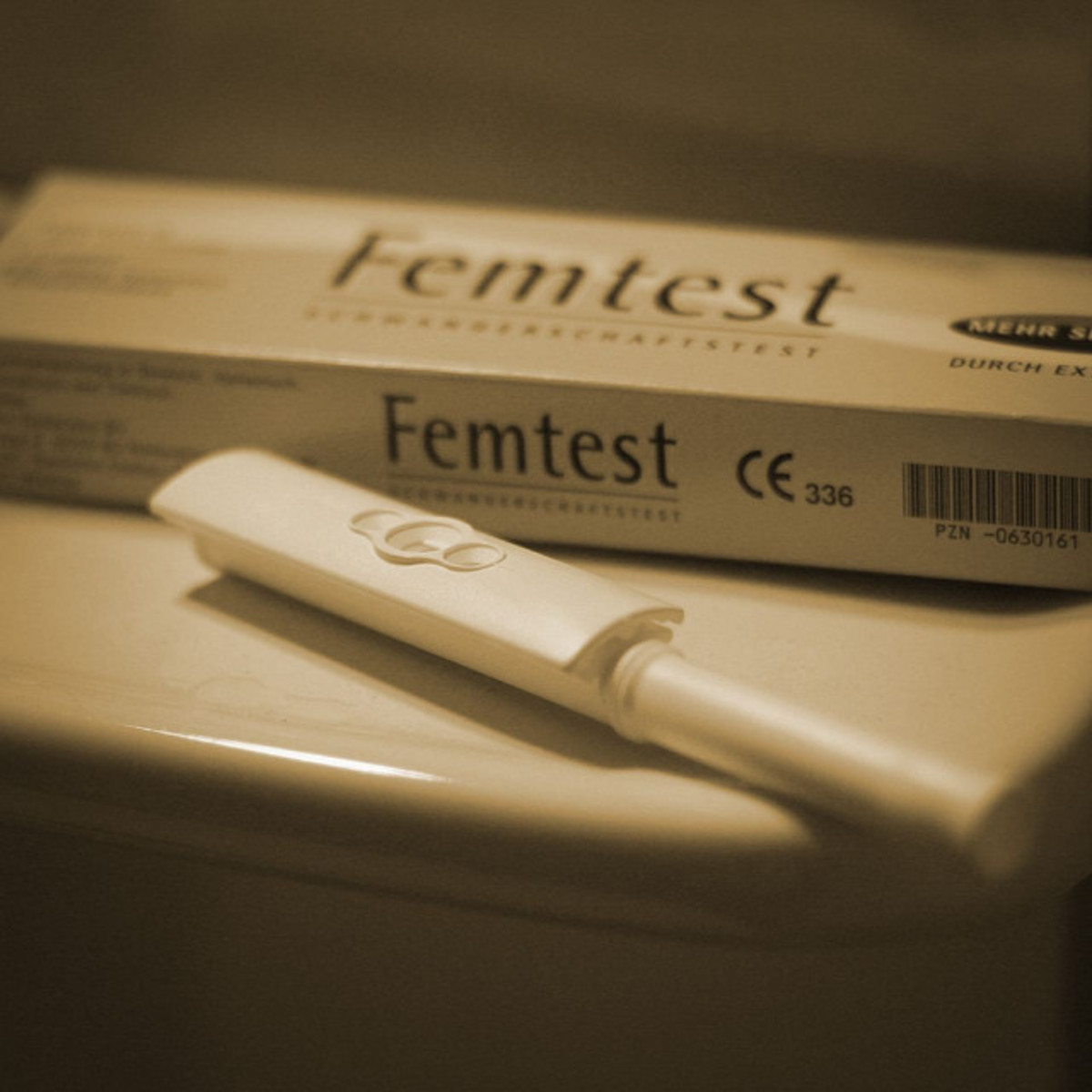
When to Take a Pregnancy Test
If you're trying to conceive (and especially if you're new to the process), you're probably wondering when you should be able to test. Keeping track of your cycles will help you to determine when you can take a test.
Ideally, you should test two or three days after your missed period was due, using a home pregnancy test and first morning urine (having held your bladder for at least five hours, not necessarily first thing in the morning).
Many women find this difficult, especially when they are hoping to become pregnant.
A sensitive pregnancy test (such as First Response, shown at right) should give you accurate results as early as twelve days after your missed period (after implantation, when your body will begin producing hCG). A less sensitive test will give you accurate results as early as the day your missed period was due. You can get these less sensitive tests as inexpensively as $1 at Dollar Tree.
Think You Might Be Pregnant? Check Your Symptoms!
- Am I Pregnant? How to Tell if You're Pregnant
Most women who are trying to conceive want to know right away whether or not they're pregnant. If you're in the monstrous two week wait, maybe there are symptoms of pregnancy before you test.
© 2014 Becki Rizzuti
